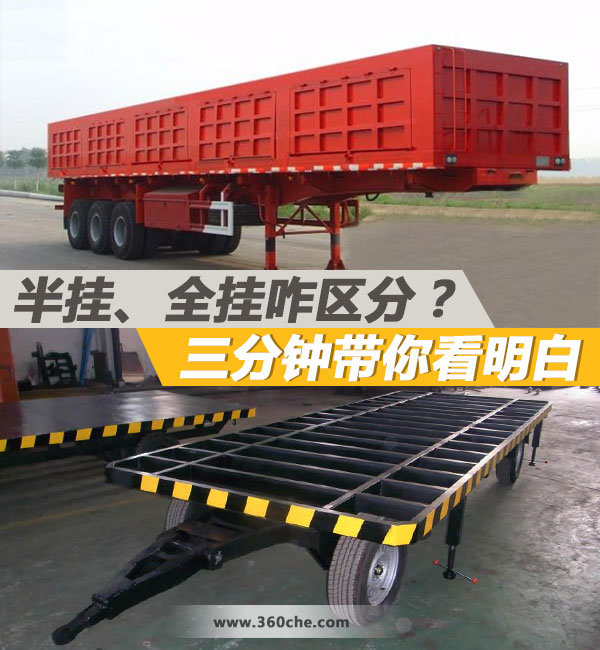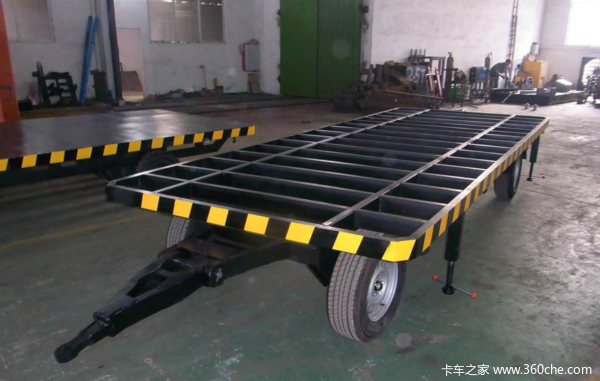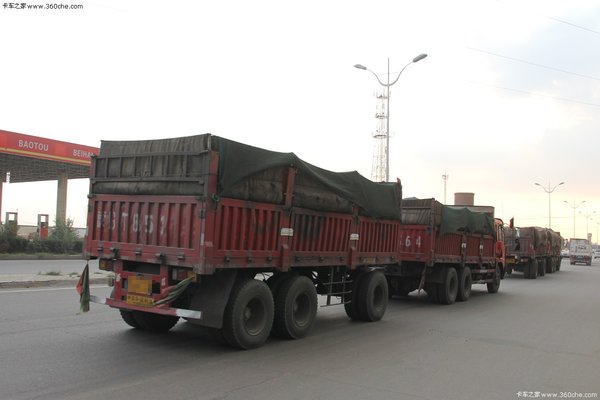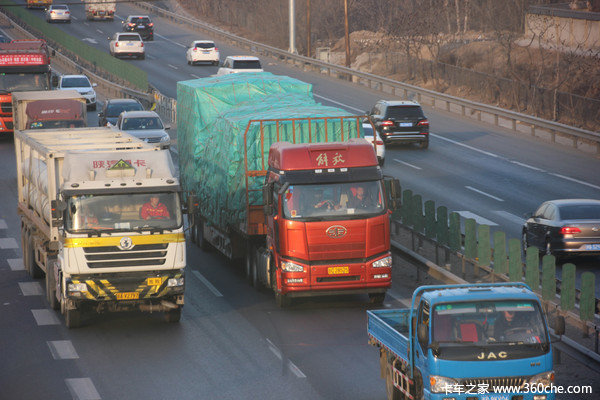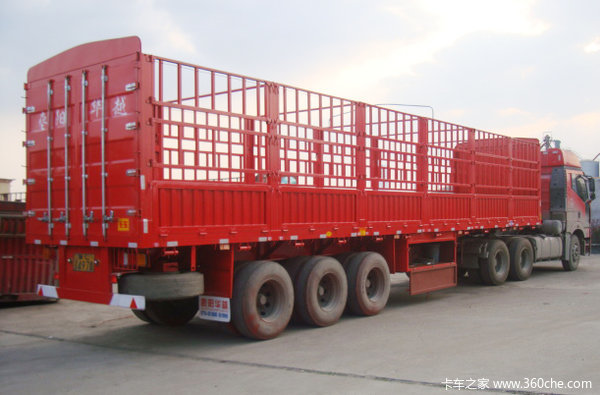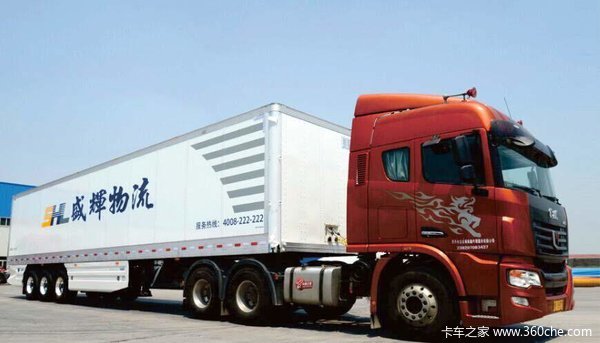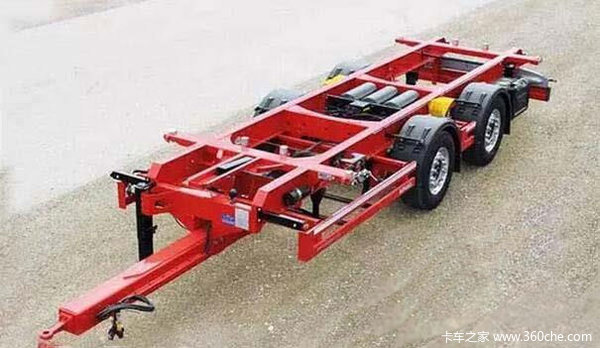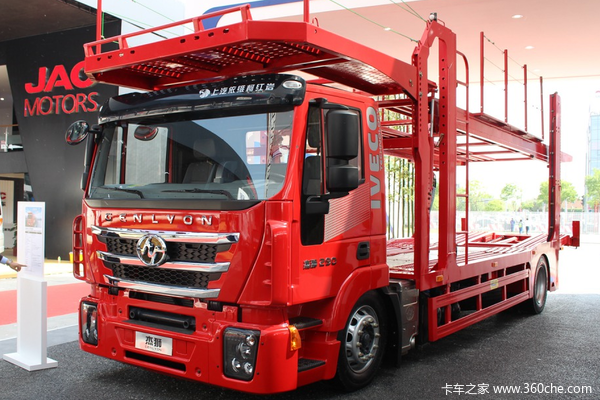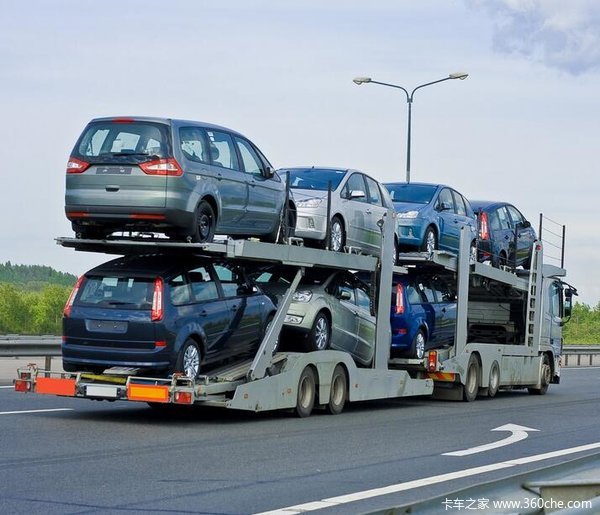When many card friends have just entered the industry, listening to the old drivers from time to time to come up with such terms as “half-hung,†“all-hanging,†and “hung-hanging,†are always confused and do not know what the difference is. When asked specifically, sometimes even the old drivers do not understand the relationship between them. So, what's the difference between semi-hung and hang-up? How to distinguish it? â— Hang-up and semi-hanging points: points are different First of all, two concepts must be clarified: What is a tractor? What is a trailer? In front of the driving capacity of the front of the tractor, the rear of the car without traction drive capacity called the trailer, the trailer was dragged away by the tractor. The hanging and semi-hanging are based on the difference in the connection of the front tractor. The most obvious difference between hang-ups and semi-hungs is that hang-ups can stand firm and stand on their own, and semi-hung hangs must rely on front legs to stop. Trailer and semitrailer distinguishing points project Trailer Semi-trailer And tractor Connection method All the load is borne by itself and only connected with the tractor. The tractor does not need to bear the trailer load but only provides traction. The tractors provide support points and provide a part of the trailer load in addition to power. Upright approach Hanging can stand on its own tire Semi-hung must rely on the front leg There is no front wheel Have no axis Two axes One axis High speed stability difference good Emergency braking difference good Watchmaking: Truck House â— Trailer: The trailer can stand on its own, and the trailer carries all the load. The trailer is well understood in the literal sense. The load of the entire vehicle is borne by the trailer itself, and it is connected to the main vehicle with only a hook. The host vehicle does not need to bear the trailer load, but only provides power to realize the traction and steering of the trailer. A typical trailer is generally composed of a frame, a cargo platform (top), a tow bar (frame) (with a hanging ring), a steering device, a suspension, a wheel, a braking system, a signal system, and the like. At present, trailers are mainly used for transportation in docks, factories, and ports. The most popular time for trailers in our country was in the 70s-90s of the last century. At that time, the vehicle output was small, the vehicle speed was low, the road was underdeveloped, and there was no special requirement for the tractor; the suspension and hanging was convenient, the manufacturing cost was low, and under the comprehensive influence of various roads and technical conditions, the trailer was widely used. There are many trailer production plants in China. Many of the conversion plants are started from the production of trailers. However, with the development of China's automobile industry and the popularization of expressways, the safety problems of the traditional trailer, such as the rear-end brake at high speeds and poor high-speed straight-line driving performance, are exposed. As a result, China has imposed restrictions on the use of trailers. The “Freeway Traffic Management Measures†implemented in 1995 provided for the first time that the trailer trucks were not allowed to enter the expressway; and GB/T 15089-1994 “Classification of Motor Vehicles†(replaced by GB/T 15089-2001) classified the trailer as “Oâ€. The category includes semi-trailers, full-trailers and central axis trailers. However, when the state functional departments implement category management for O-type products, they only accept semi-trailers among them, and others are not allowed to receive the “skilled permitsâ€. Under the above circumstances, the production of trailers has gradually shrunk in some small enterprises, and its technology has also been slow to increase. Currently, it is limited to individual regions and special environments such as coal and grain transportation. â— Semi-trailer: Trailers cannot stand on their own and stand together. The semi-trailer is based on the whole trailer. The semi-trailer is the traction saddle on the front half of the trailer above the tractor. The bridge behind the tractor receives a part of the weight of the trailer. The semi-trailer is the most used and most familiar type of trailer. There are many types of semi-trailers, flat-panel, gooseneck, concave-beam and all kinds of special semi-trailers, covering almost all the currently used models. Due to its flexible application and large bearing capacity, the semi-trailer is particularly suitable for long-distance, high-grade road transport and has become the most important transportation vehicle in road transport vehicles. With the implementation of the “Expressway Management Measures†in 1995, after the trailer was constrained, the user’s car purchase target was transferred to the semi-trailer. This allowed the number of semi-trailers to increase with each passing day. It can be said that the development of the semi-trailer is It has only been rapid development in these last 20 years. Compared with "single" vehicles, semi-trailers can improve the economic benefits of road transport, transport efficiency can be increased by 30% to 50%, cost reduction by 30% to 40%, and fuel consumption by 20% to 30%. According to statistics, at present, the ratio of tractors to trailers in the United States is about 1:3, while China's ratio is only 1:1.3, so dumping and transport is a strategic orientation of China's transportation industry. At present, domestic large-scale logistics companies, such as Debon Logistics, China Railway Logistics, etc., have been widely used in the dumping and transport of goods, and they have received very good results. â— The third type of trailer: Central axis trailer In addition to hanging and semi-trailers, there is actually a third category of trailers - the central axis trailer. Its main weight is borne by the trailer. The main vehicle bears a very small part of the weight of the trailer. Traction and steering are done by the main vehicle. It is specifically defined as: the traction device cannot move vertically (as opposed to the trailer) and the axle is located on the trailer that is close to the center of gravity of the trailer (when the load is uniform). The center axle trailer has only a small vertical load (not more than 10% or 10,000N of the total maximum design mass of the trailer, whichever is less) acting on the tractor. It can be seen that the structure of the center axle trailer is between the trailer and the semi-trailer, and is generally suitable for running on high-grade highways. In the 2016 version GB1589 released on July 26th, the category of the mid-shaft model was added, and the vehicle width limit value of 2.55 meters, the length limit of 22 meters and the capacity of 8 to 10 passenger vehicles can be loaded. At present, there are already heavy trucks, Jiefang, Dongfeng, Hongyan, Auman and other manufacturers have seized the opportunity in the mid-axis axle cabs. It is expected that the number of mid-shaft axles on the road will increase in 2017. . â— Postscript The semi-trailer, trailer, and center axle trailer have their own advantages and disadvantages in different dimensions because of their different structures. In Europe, these three types of trailers have been developed in parallel and each plays a role in areas where they are good at, contributing to improving the efficiency of logistics transportation, reducing logistics costs, and conserving energy, reducing emissions, and protecting the environment.
bends
Size
Seamless(SMLS) Elbows : 1/2"-24" ,DN15-DN600
Butt Welded Elbows (seam) :24"-72",DN600-DN1800
Type
LR 30,45,60,90,180 degree SR 30,45,60,90,180 degree
1.0D, 1.5D, 2.0D, 2.5D, 3D,4D,5D,6D,7D-40D.
Thickness
SCH10,SCH20,SCH30,STD SCH40, SCH60, XS, SCH80., SCH100, SCH120, SCH140, SCH160, XXS
Standard
ASME,ANSI B16.9;
DIN2605,2615,2616,2617,
JIS B2311 ,2312,2313;
EN 10253-1 ,EN 10253-2
Material
ASTM
Carbon steel(ASTM A234WPB,,A234WPC,A420WPL6.
Stainless steel(ASTM A403 WP304,304L,316,316L,321. 1Cr18Ni9Ti, 00Cr19Ni10,00Cr17Ni14Mo2, ect.)
Alloy Steel:A234WP12,A234WP11,A234WP22,A234WP5,
A420WPL6,A420WPL3
DIN
Carbon steel:St37.0,St35.8,St45.8
Stainless steel:1.4301,1.4306,1.4401,1.4571
Alloy steel:1.7335,1.7380,1.0488(1.0566)
JIS
Carbon steel:PG370,PT410
Stainless steel:SUS304,SUS304L,SUS316,SUS316L,SUS321
Alloy steel:PA22,PA23,PA24,PA25,PL380
GB
10#,20#,20G,23g,20R,Q235,16Mn, 16MnR,1Cr5Mo,
12CrMo, 12CrMoG, 12Cr1Mo
Stainless Steel Bends, Carbon Steel Bends, Steel Tube Bender, 180D Return Bends Cangzhou Weiheng Pipe Industry Co.,Ltd , http://www.czweiheng.com